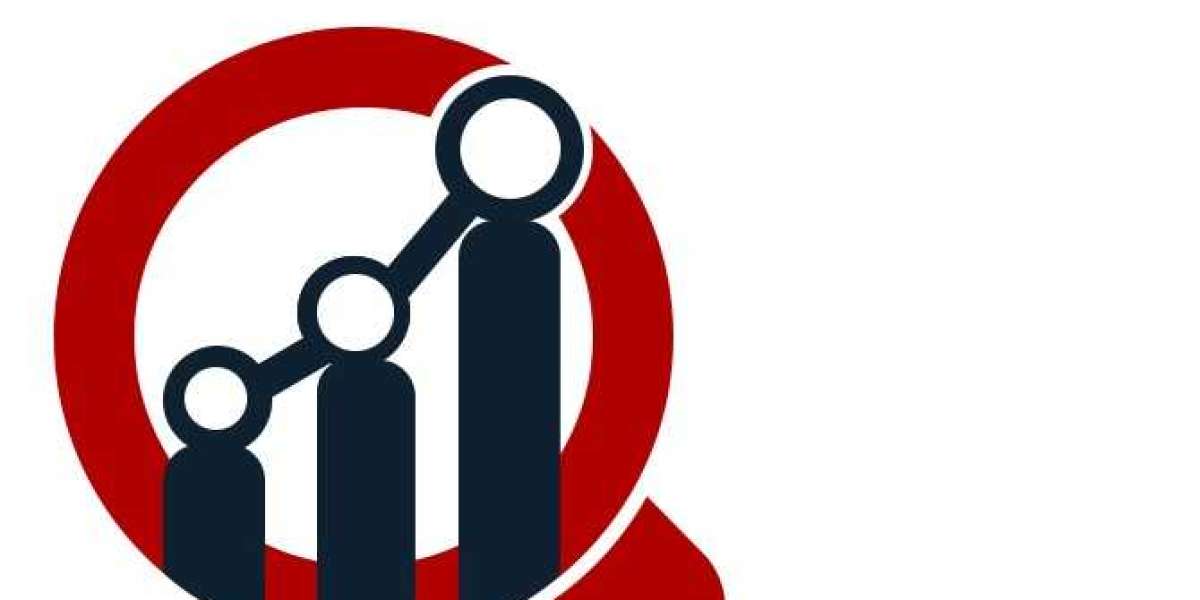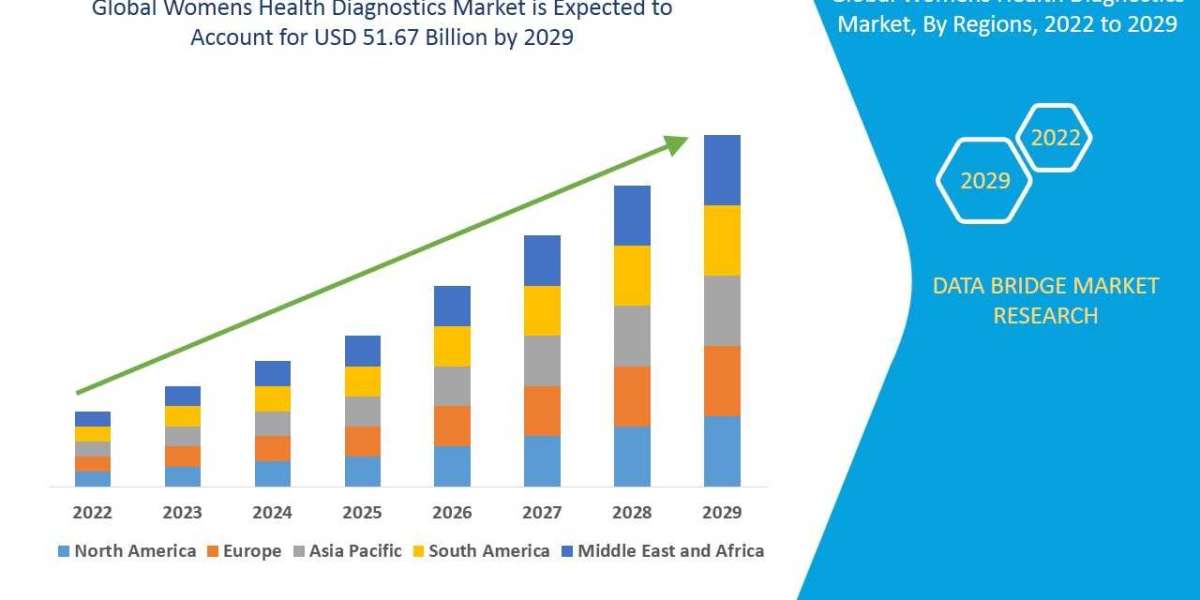In today's digital landscape, where cyber threats are becoming increasingly sophisticated, organizations are realizing the criticality of robust security measures. With the rise in data breaches, hacking attempts, and regulatory requirements, the demand for security testing services has witnessed a significant surge. This blog post will delve into the Security Testing Market, highlighting its growth, key trends, and the importance of implementing comprehensive security testing strategies.
Understanding Security Testing
Security testing refers to the process of evaluating software applications, systems, or networks to identify vulnerabilities, weaknesses, and potential risks that may compromise the confidentiality, integrity, or availability of data. It involves a comprehensive assessment of various components, including infrastructure, network, applications, and endpoints, to ensure they are resistant to potential cyber threats.
The Growing Security Testing Market
The security testing market has experienced remarkable growth in recent years, and this trend is expected to continue in the foreseeable future. Factors driving the market expansion include:
Increasing Cyber Threats: The proliferation of cybercrime, data breaches, and ransomware attacks has compelled organizations across industries to invest in robust security testing solutions. The financial, healthcare, and government sectors, in particular, are witnessing an upsurge in security testing adoption to protect sensitive information.
Regulatory Compliance: Governments worldwide are implementing stringent data protection regulations, such as the General Data Protection Regulation (GDPR) and the California Consumer Privacy Act (CCPA). Compliance with these regulations necessitates organizations to conduct thorough security testing to ensure data privacy and safeguard customer information.
Shift to Agile and DevOps: With the accelerated adoption of Agile and DevOps methodologies in software development, security testing has become an integral part of the development life cycle. Organizations are embracing continuous integration and continuous delivery (CI/CD) pipelines, integrating security testing tools and practices for early detection of vulnerabilities.
Cloud and Mobile Technologies: The rapid growth of cloud computing and the widespread use of mobile devices have introduced new security challenges. As businesses migrate their applications and data to the cloud and develop mobile applications, security testing becomes imperative to identify vulnerabilities specific to these environments.
Key Trends in the Security Testing Market
Application Security Testing: Application security testing, including static application security testing (SAST) and dynamic application security testing (DAST), is gaining significant traction. It enables organizations to identify and rectify vulnerabilities in their web and mobile applications, reducing the risk of exploitation by malicious actors.
Penetration Testing: Penetration testing, also known as ethical hacking, involves simulating real-world cyberattacks to evaluate the security posture of an organization. This form of testing helps organizations identify vulnerabilities and assess the effectiveness of their security controls.
IoT Security Testing: The proliferation of Internet of Things (IoT) devices has expanded the attack surface for cybercriminals. IoT security testing involves assessing the security of connected devices and the associated networks to ensure the privacy and integrity of IoT ecosystems.
Machine Learning and AI in Security Testing: The integration of machine learning and artificial intelligence (AI) technologies in security testing tools and platforms is enabling more efficient and accurate identification of vulnerabilities and anomalies. These advanced capabilities enhance the effectiveness of security testing practices.
The Importance of Comprehensive Security Testing
Implementing comprehensive security testing strategies provides organizations with several crucial benefits:
Risk Mitigation: Security testing helps organizations proactively identify vulnerabilities and weaknesses in their systems, allowing them to address these issues before they are exploited by cybercriminals. This approach minimizes the risk of data breaches, financial losses, and reputational damage.
Regulatory Compliance: Security testing ensures that organizations comply with industry-specific regulations and data protection laws. By identifying and rectifying vulnerabilities, organizations can avoid hefty fines, legal consequences, and damage to their brand reputation.
Enhanced Customer Trust: Robust security measures instill confidence in customers, assuring them that their sensitive data is protected. This trust contributes to customer loyalty and strengthens the organization's reputation.
Cost Savings: Detecting and addressing security vulnerabilities early in the development process is more cost-effective than dealing with the aftermath of a successful cyberattack. Security testing enables organizations to identify and fix issues at an early stage, reducing potential financial losses.
Conclusion
The security testing market is witnessing rapid growth as organizations across industries recognize the importance of comprehensive security measures. With increasing cyber threats, regulatory compliance requirements, and advancements in technology, security testing has become an essential component of any organization's risk management strategy. By investing in robust security testing practices, organizations can protect their data, mitigate risks, and maintain the trust of their customers in an evolving digital landscape.
Order a free sample PDF of Security Testing Market Research Intelligence Study, published by Market Research Future







